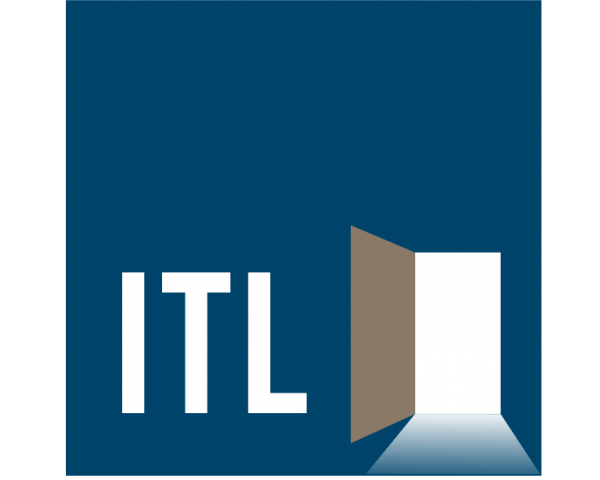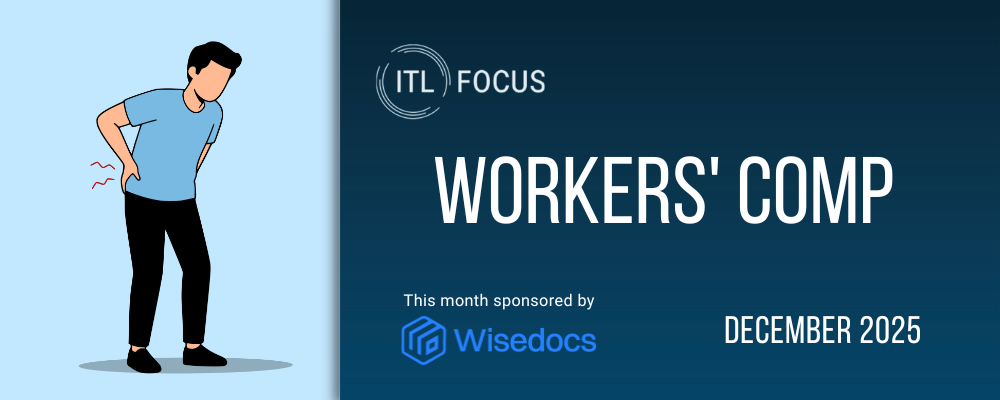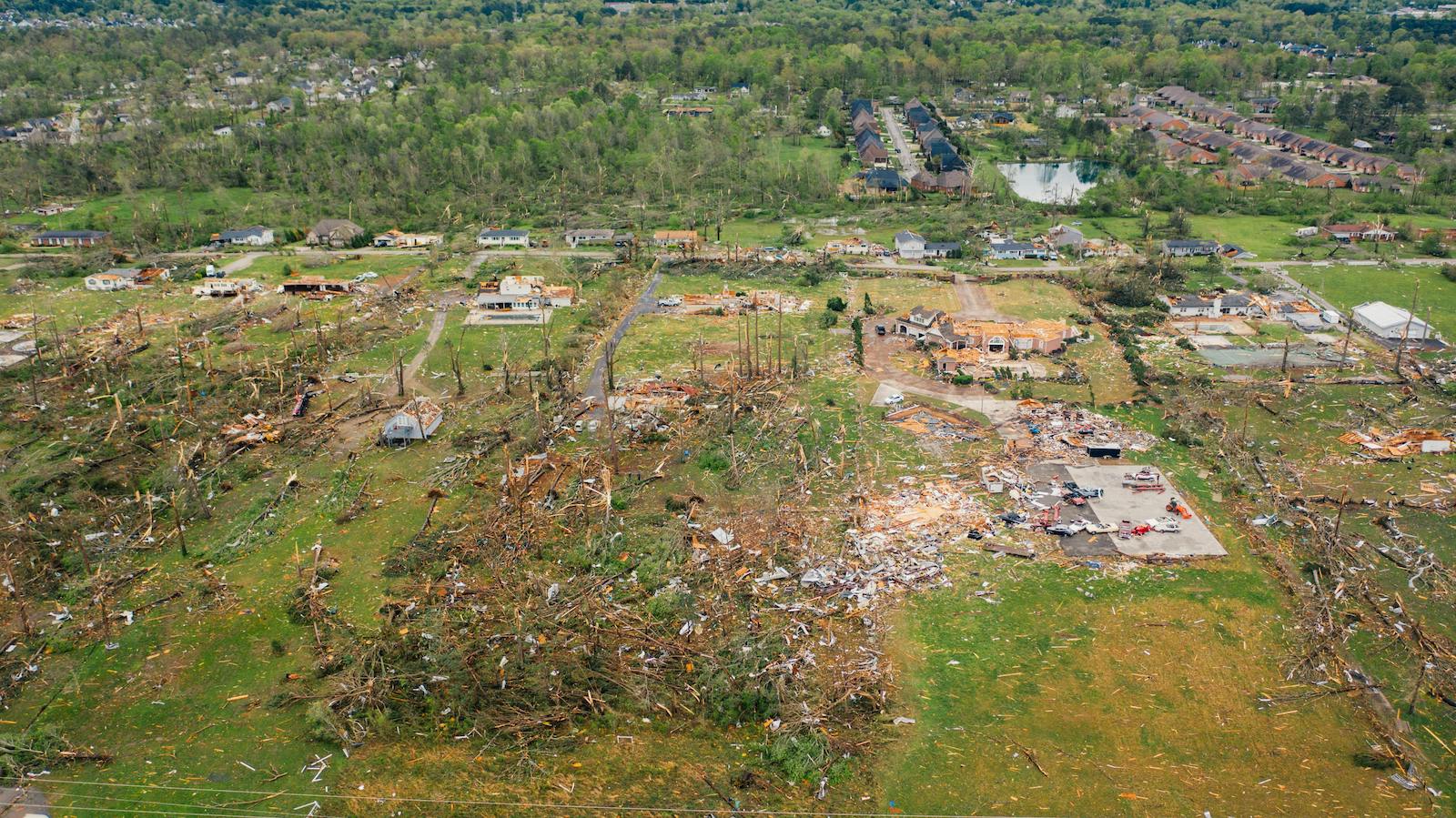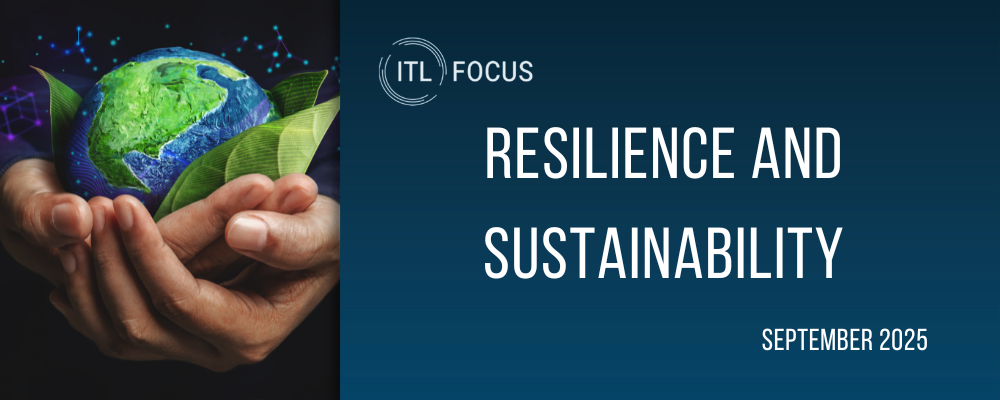Paul Carroll
It was almost exactly a year ago that I attended a gathering you helped put together in Atlanta for a group that helps universities and insurers collaborate on research concerning climate risk, so this feels like a great time to catch up. What would you say are the major advances in the past year in making the world more resilient, and in the insurance industry’s efforts on that front?
Francis Bouchard
Things are starting to coalesce. As someone who's been active in this space almost exclusively for four years, I'm starting to see some real positive signs. Some of that is from insurers themselves, who are leading efforts on risk reduction opportunities, whether through IBHS [the Insurance Institute for Building & Home Safety] or other standards.
I see more industry activity—concrete, real activity—than I've seen at any other time in the last four years. Kudos to those companies that are really starting to look at these challenges in new and different ways. I see more and more non-insurers looking at insurance as a viable part of the solution and wanting to create an environment where homes and communities are insurable.
There are discussions happening with builders that weren't happening a year or two ago. There are discussions happening with architects that weren't happening a year or two ago. This system-level awareness that's growing is really encouraging because this is not an insurance problem—it's a risk problem and an insurability problem.
Many sectors are accountable for reducing risk before a home presents itself to an insurance company to be insured and priced. The fact that meaningful discussions about what other players in the value chain could do to reduce the risk of these homes is wildly encouraging. Some of that's happening in the context of the California rebuild, while some is happening with organizations trying to coalesce stakeholders to pursue a national or larger-scale solution.
I'm encouraged because people are talking, more people are acting, and people are starting to see the connection points more clearly than perhaps they had before.
Paul Carroll
What other programs, similar to IBHS’s FORTIFIED, are making strides in promoting resilient construction?
Francis Bouchard
I'd point to the LA Delta Fund, dedicated to the 12,000 homes burned in the Eaton fires. It focuses on closing the gap between what insurance proceeds will pay for and what it takes to achieve a truly resilient construction level. We often debate who should bear this cost—consumers or insurers. This organization has found a way to attract both return-bearing capital and philanthropic capital to create a blended capital fund that pays the difference—the delta—between insurance proceeds and the cost of resilient construction. They are close to launching the fund and beginning to facilitate a much higher level of resilient reconstruction in LA following the fires.
This initiative is, in many ways, epic. It's never been done before, certainly not at this scale. The fact that they can raise money from markets indicates that the interest in ensuring resilient rebuilding extends well beyond the insurance sector.
Paul Carroll
Any other examples leap to mind?
Francis Bouchard
There's the Triple-I project with PwC in Dallas that is aligning stakeholders to facilitate the rebuilding or retrofitting of homes to the IBHS standards. This is another concrete example of insurers coalescing to change the risk profile of a community.
Then you have individual firms pushing the envelope. Milliman is doing an immense amount of work, with Nancy Watkins focusing on the WUI [wildland-urban interface], where the interaction between communities and wildfire is the most extreme.
Mercury Insurance is engaging with communities about what it takes to convince them to take steps that would make them insurable. We're starting to see a shift from thought leadership to community engagement.
Paul Carroll
What industry-academia research projects have generated the most interest, and where do they stand?
Francis Bouchard
Nothing has been launched yet, as we are still waiting on a funding announcement from the NSF [National Science Foundation] and corresponding funding from industry partners. We’re cautiously optimistic about the NSF and think industry funding will follow.
The project that generated the most interest last September was a platform to facilitate dialogue between the atmospheric science community and the insurance underwriting community and help both sides better understand the value and use of available data sources. Considering the recent changes and, in some cases, wholesale dismantling of government departments or capabilities, this issue has become even more pressing and will likely appeal to numerous companies.
Dialogue is already occurring in multiple forums. We're hoping to coalesce these discussions and create a trusted pipeline of information flowing between federal data sources and the insurance sector.
Another well-received proposal focused on improving decision-making by narrowing uncertainties and addressing them differently. This proposal will likely garner attention from the insurance industry as companies seek to systematically understand and address uncertainties from weather, policy, and FEMA perspectives. The uncertainties simply accumulate.
The community-based catastrophe insurance project is another initiative we'll likely pursue. This topic is particularly ripe given the need for more innovative risk-bearing solutions.
Paul Carroll
What about developments at major insurance industry players?
Francis Bouchard
We [Marsh McLennan] recently announced our participation in a carbon trading mechanism to derisk the issuance of carbon credits. You're seeing more insurers and brokers focusing on this as a way to facilitate the projects that generate the credits.
There's also a more macro-level shift emerging—a growing awareness around shared accountability for the insurability of homes. The debate today typically centers on the technical nature of pricing risk. What we're trying to do is use this notion of insurability to reframe the conversation.
The right question isn't about pricing; it's about understanding the thousand decisions made that led to a home having its particular risk profile. We in the insurance industry are not the end-all, be-all. We are simply reflecting the thousand decisions made prior to receiving the submission.
Focusing on insurability allows us to enlist other critical players in the housing space to adopt this same, shared accountability approach. Non-insurance professionals often expect mind-numbing analytics and modeling. When you simply ask, "What can you do to reduce the risk that a house faces when it's finally built?", people respond with, "Oh, that's it? That's doable." And it should be doable.
When you aggregate this approach across every player in the value chain, you create transformative results. You get architects incorporating resilience, developers considering wildfire protection, fully certified contractors who understand requirements, and properly prepared supplies that don't cause delays.
When all these stakeholders understand their role in reducing risk, it makes our role significantly easier.
Paul Carroll
Thanks, Francis
About Francis Bouchard
 | Francis Bouchard is an accomplished global public affairs professional who has served as an advisor, catalyst and contributor to a series of climate resilience and insurance initiatives. He is currently the managing director for climate at Marsh McLennan, and earlier served as the group head of Public Affairs & Sustainability for Zurich Insurance Group, where he focused on aligning the group’s government affairs, sustainability and foundation activities. He originally joined the insurance sector in 1989 and since has held a series of industry-focused advocacy, communications, sales, citizenship and public affairs roles, both in the U.S. and in Switzerland. Francis also chairs the board of directors of SBP, a national non-profit focused on disaster resilience and recovery, serves on the board of the climate-focused insurtech incubator InnSure, and is a member of the advisory council of Syracuse University’s Dynamic Sustainability Lab. |








